
Last week, the digital geniuses at the Tampa Bay Times debuted a multimedia presentation that used animated Lego figures and constructions to tell a complicated story about a planned toll road on the Howard Frankland Bridge.
“How the plan to fix Tampa Bay’s most important bridge fell apart, told in Legos” from Eli Zhang, Caitlin Johnston, Anthony Cormier, and Martin Frobisher is an absolute must-click for its combination of shoe-leather reporting and “Everything Is Awesome” visualization.
It’s a great read.
It’s visually stunning.
It’s also — to me and only me — heartbreaking.
Please allow me to explain, without taking anything away from the great work of the Times reporters, while also knowing that many in the Times newsroom will take some pleasure in my agony.
Back in May, I wrote in a Facebook post: “it hit me what my next project will be. The next enterprise of Extensive Enterprises, so to speak. People won’t get it at first. They’ll think it’s silly. Then it will get the right people’s attention. And then everyone will say, ‘How much does it cost to do that for us?'”
My excitement originated from a video from Bloomberg: “The White House Correspondents’ Dinner in Legos.“
The introduction was — “Curious how the White House Correspondents’ Dinner works? We explain … with Legos.”
It’s that simple.
As soon as I finished, I had a Eureka moment. Why not bring the Lego video concept to Florida politics? Isn’t that what I’ve done before — take a national idea and make it Sunshine State-sized?
My plan was straightforward. I would first produce a video about some storyline involving Florida politics. From there, I would partner with public relations firms who needed a new way to tell their side of a food fight happening in the Florida Legislature.
“Marion Hammer wants 18 year-olds to bring guns to college campuses … told in Legos.”
“The Workers Comp food fight … told in Legos.”
“Why you can’t get Uber in Miami … told in Legos.”
Whatever. You get the point.
A team of folks (much funnier than I) would help write the scripts. I’d build the Lego sets. Kevin Cate would shoot the videos.
It’s ratings gold, Jerry.
Except for one thing — Lego sets are not very easy to build. At least not the interesting ones.
And, like the Times, finding the right Lego Minifigures is next to impossible.
Kristen Hare of The Poynter Institute details the roadblock the Times team faced.
“We’ve found many Lego-people-packs online,” said (Adam) Playford, director of data and digital enterprise at the Times. “But they all have too many weirdos, like Lego Bananaman and Lego Grim Reaper. Regular Lego people are apparently no longer in vogue.”
Playford and Co. solved their Lego-people-problem by putting out an all-hands-on-deck request to the staff at the Times. I, of course, do not have that luxury.
So … and here’s where some of the agony begins to set in … I worked with a firm in London to create custom Lego Minifigures.
For the script of the first video, I would tell the story of Marco Rubio and the race for Florida’s U.S. Senate seat.
I ordered Minifigures resembling Rubio, Donald Trump, Patrick Murphy, Alan Grayson, Carlos Beruff (in a trademark black shirt), Ron DeSantis (pictured here in a Navy outfit, of course), and David Jolly.
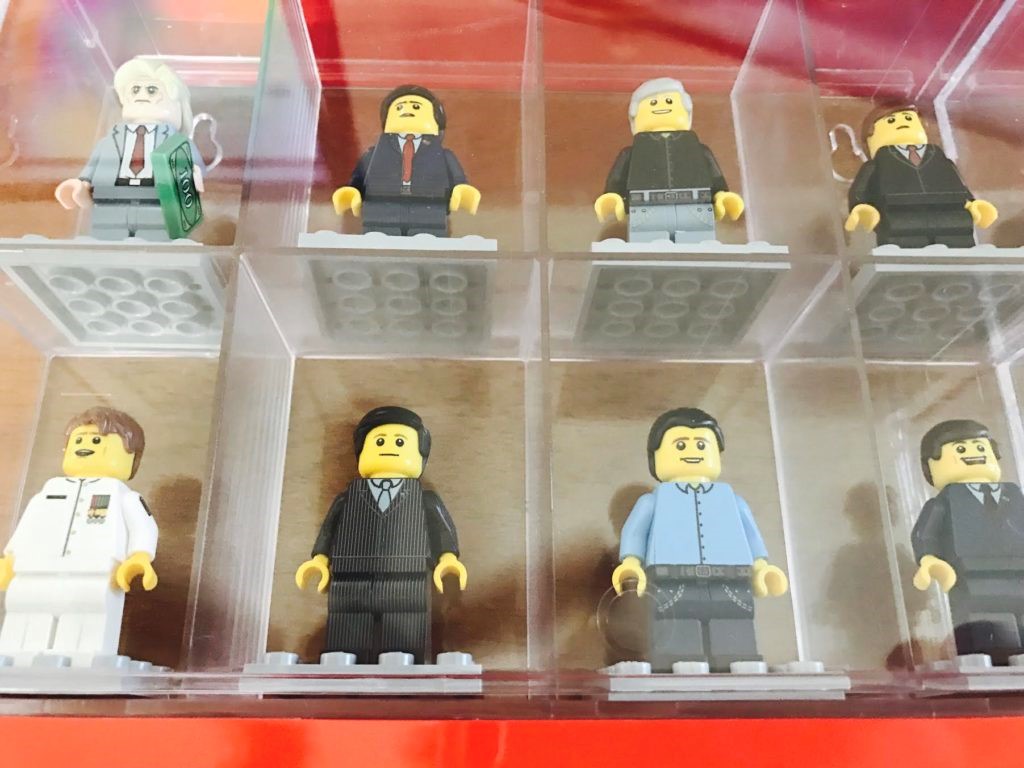
As for the sets; well, let’s just say what the Times built for its very nice story about a bridge is, um, child’s play.
I started by building the small city building sets:
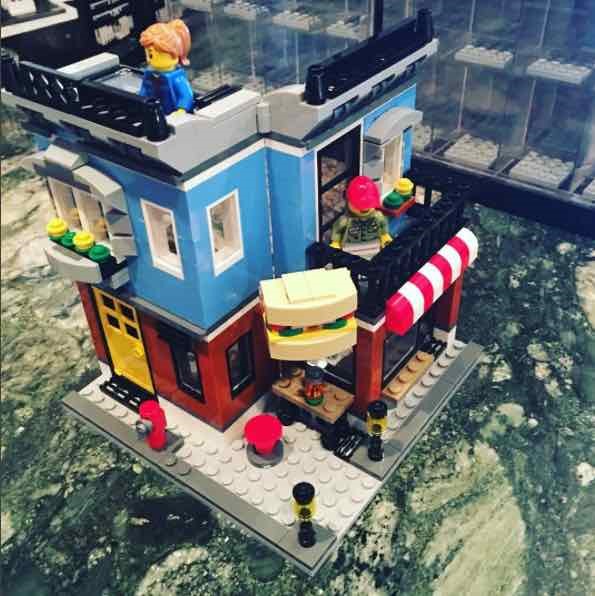
Soon, I became more ambitious, building bigger sets:
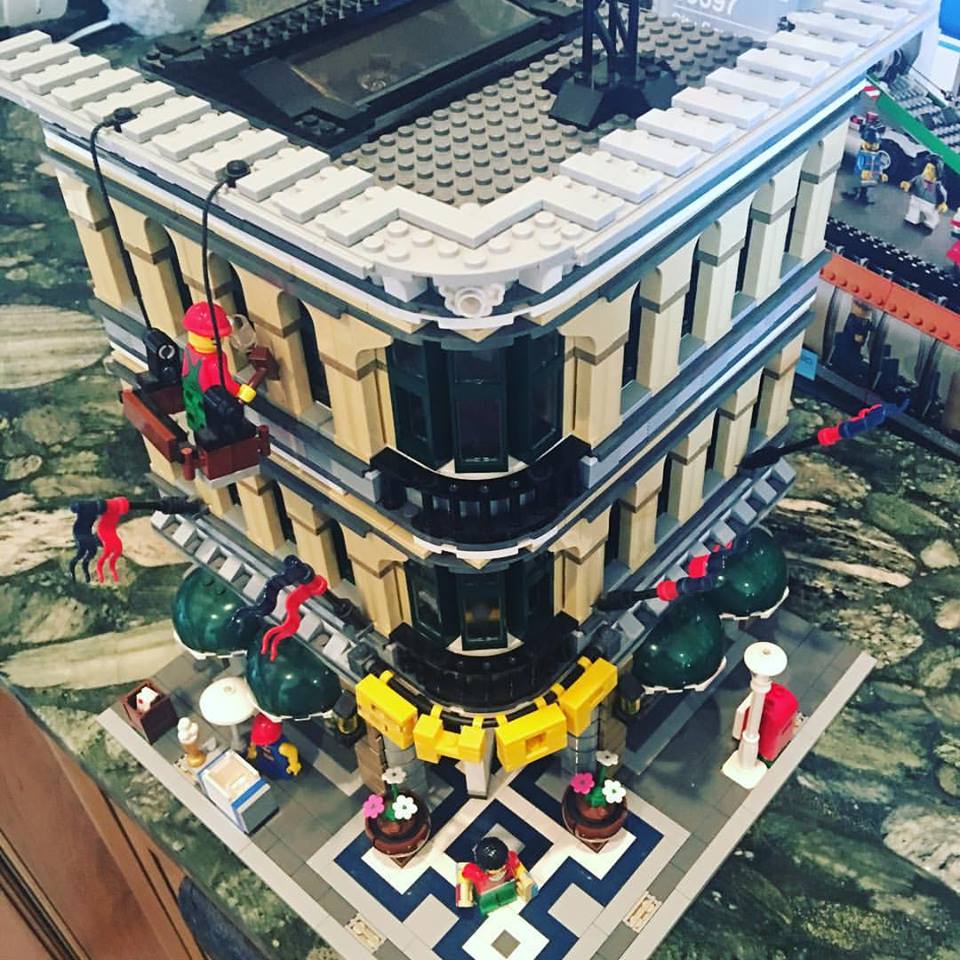
I assembled cars, planes, and trucks (including a replica of one the U.S. Senator drives) so we could shoot the pivotal scene from outside the Pulse nightclub in Orlando where Lieutenant Governor Carlos Lopez-Cantera tells Rubio he should re-enter the race.
I even built The White House (which was very difficult because it’s from the “Architect” class of Lego sets, which is basically Lego’s way of saying “A lot of f*cking pieces are in this box.”
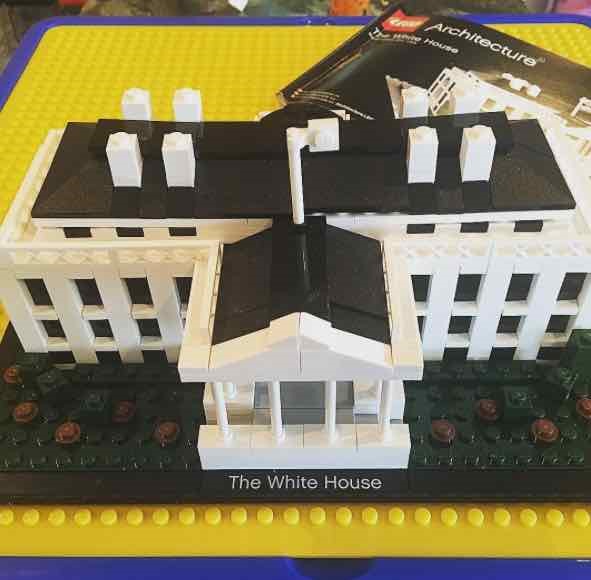
I’ve been building and collecting Lego sets for nearly seven months, thinking the entire time that no one else would bring an idea I first saw on Bloomberg to Florida politics.
And then my bitter rival, the Tampa Bay Times, unveils its pretty little story about a bridge.
When I read the first tweet about the story, I knew what it was about without clicking on the link. My heart sank to a depth deeper than those caissons that hold up the Howard Frankland.
Sure, as my wife and other friends have said, I could continue my Lego project — and I still might.
But that’s like making “Deep Impact” after you learn that “Armageddon” is in production.
“Deep Impact” is probably the better film, but everyone remembers “Armageddon.”
If I do a ” … as told by Legos” video now, critics will say, “but didn’t the Times do that first?”
And screaming “but Bloomberg did it before either of us” does nothing to solve the problem.
Now I am stuck with a whole lot of Legos — which is OK, since my daughter, Ella Joyce, loves building with them.
In fact, Legos are one of the things we’ve been able to do together.
Just yesterday, Ella became sick on our way to a Christmas event replicating a train ride to the North Pole (it’s awesome, and I recommend it to every parent.) We were forced to turn around, missing one of our favorite holiday traditions.
To make up for it, I finished building this — bringing the North Pole to Ella:
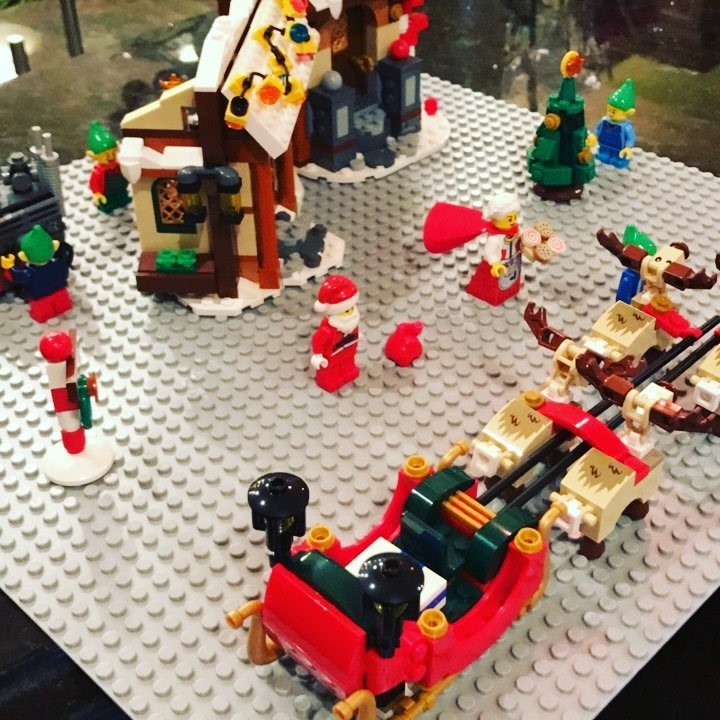
If this episode has taught me anything, it’s that, as an entrepreneur, when a light bulb goes off, move quickly. That’s what worked for Sunburn, Florida Politics, INFLUENCE Magazine and everything else I’ve done.
I moved too slowly on this project and, subsequently, I lost out.
That won’t happen again.
Speaking of which, I have an idea for a …



